Everything you need to know about verbena
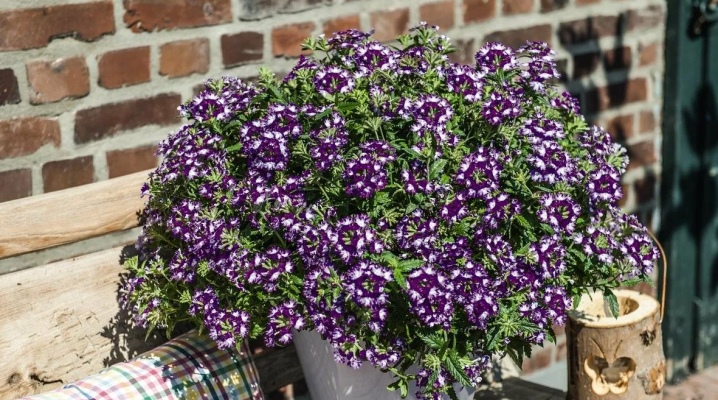
Verbena is a type of herbaceous perennial plant. It comes in several forms, each of which has its own differences. In the article, we will consider a more detailed description of this plant, the features of growing and caring for it. The plant is able to decorate any area, you can create a landscape design from it and even refresh the interior.

Description
Verbena can be safely called a shrub, this plant has strong roots and several stems. It is a perennial flower that can be grown on its own. The stems occupy two-thirds of the total height, while the shoots themselves can grow up to 150 cm, but this depends on the species. Leaves grow in different ways, you can find opposite or alternate, the shape is often oval and elongated. The main property is the jagged edges. In terms of color, its leaves come in a wide variety of shades of green. It should be noted that a distinctive feature of the plant is the presence of a cannon everywhere, except for flowers. Some species are abundantly covered with it, and it can be seen with the naked eye, and sometimes a microscope is needed for this.
Flowering dates are concentrated in mid-June, but if we are talking about an area where the climate is cool, the time is shifted by several weeks. The tops are covered with an inflorescence resembling a spikelet, each of them grows 5-50 flowers, depending on the variety. The outer buds begin to bloom much faster. The duration of this process differs from that of other plants, sometimes verbena can bloom throughout the year if it is in a warm climate, in a moderate period it lasts until October, in particular, in Russia. If we talk about the scent, the flowers are practically odorless, but a slight trail of freshness comes from them when caught.
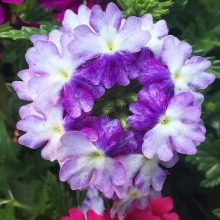


Popular species and varieties
Today there are several varieties of verbena, they may differ in color and other features that you can familiarize yourself with.
The hybrid is characterized by compact, rounded leaves and five-petaled inflorescences. An adult bush grows within 20-50 cm. On the surface, you can see and feel soft villi to the touch. The buds are not large in size, they can be yellow, beige, orange, white or purple.
Large-flowered verbena is a hybrid species, the diameter of flowers can reach 10 cm. It is notable for a wide range of colors, in which you can find blue, purple and even lilac tones, while the center is always yellow-green and has a white outline. This type is called decorative, flowers will decorate any landscape design. The large-flowered plant begins to be active in July, the process can continue until the very frost. It includes such varieties as "Tuscany" and "Ideal", they are often found in flower beds, because the flowers are quite lush and look luxurious.

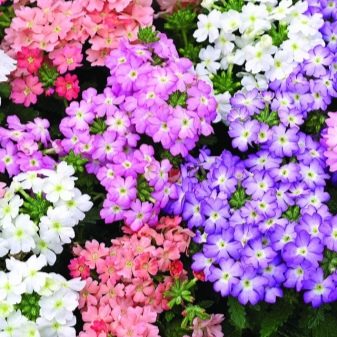
The next type is tough verbena, it is voluminous, but neat at the same time, the leaves are oblong, and on the tops there are small inflorescences, the shades can be very different, be it pale blue or juicy purple.
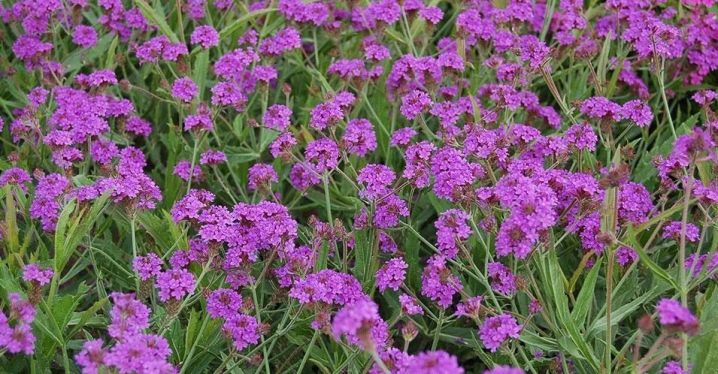
Buenos Aires has several names, including Argentinean. It is a perennial shrub that originates in South America. The plant is about 120 cm high and consists of several main stems, around which small shoots grow.Verbena can be pink, bush, medicinal and wild, in some regions you can find several varieties at once.
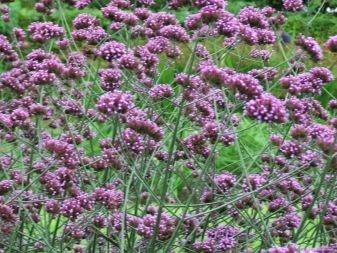
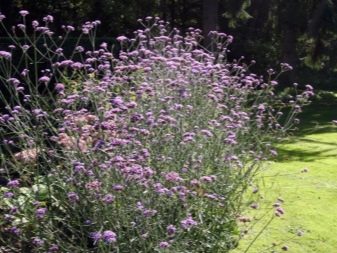
Landing
If you wanted to grow vervain on your site, you can plant it in several ways - sow, cut or take seedlings, each of the options has its own characteristics and rules. It should be noted that this plant is able to take root in any conditions in the garden, it will perfectly cope with decorating the territory, but the best result will be obtained in an area where there is a lot of light. The advantage of verbena is that it is not afraid of the sun's rays, the flowers will not fade, but they need to be looked after. You can grow shrubs both on the ground in the garden and in a flowerpot or hanging pots, the reason for this is the compact root system.
Instead of soil, loam can be used, the main thing is that the structure is loose. Heavy soil is not easy to work with, in this case it is mixed with sand. Drainage will only help to obtain a high-quality result, besides, fragments of stones and crushed stone protect the root system of the plant from high humidity.
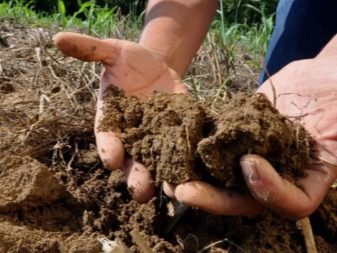

You can even grow vervain on your balcony at home, the main thing is to follow the instructions, feed it on time and protect it from diseases. The seeds do not need to be prepared, but there are certain nuances in this type of cultivation. They do not need to be buried in the soil, it is enough to evenly distribute them on the surface.
As for the seedlings, they are planted outdoors in the warm season, although vervain is not afraid of low temperatures down to -3 degrees Celsius. Watering is an important step in growing any plant, this must be done carefully, high humidity is detrimental to young shrubs.
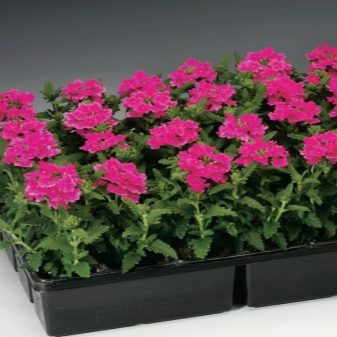
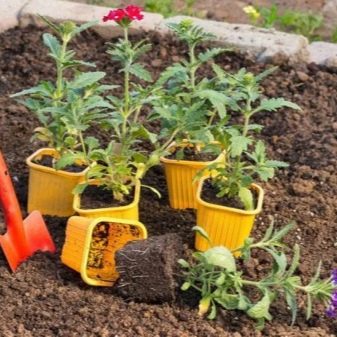
Growing care
It is not difficult to take care of the shrub, it is enough to cultivate the soil, water it on time and, if necessary, feed it. This type of plant is resistant to viral diseases and pests, if everything is done correctly, there will be no problems, the flowers will bloom and delight with their beauty.
Soil processing is as follows. If this is a single planting, the bushes must be weeded out so that the weeds do not "extinguish" the plant. Verbena grows quickly, so a thick carpet will soon appear on the soil, and before that time you will need to remove all unnecessary things. It is also not necessary to loosen the ground constantly, if the summer is hot and frequent watering is required, it is recommended to use mulch. Today, decorative materials can be found that are placed around the plant.
For active growth, fertilizing and water are needed, especially for the flowering period. Complex mineral and organic products can serve as a fertilizer, but they should not be abused. One such procedure will be enough for the soil to be saturated with nitrogen, and the bush of greenery is tied up with buds.
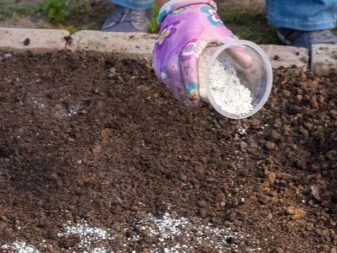

In regions with a temperate climate, this plant is planted in open soil in late spring, in areas to the north it is done in June. A sunny area with slightly acidic soil will be an excellent choice for planting a plant. The presence of stones and sand promotes good growth and development. It is necessary to maintain a distance of 30 cm between the bushes. It is better to plant in the evening or early in the morning, when there is no sun. Watering is carried out immediately after planting, but adult plants no longer need it so often, the exception is dry summer.
Verbena can be called one of the picky plants; it does not need special care. Experts recommend loosening several times a season, as well as paying attention to phosphorus-potassium fertilizers. As for the frequency of application of top dressing, during the summer it is enough to do this 2-3 times, especially if the shrubs are young.
To make the flower bed look neat and well-groomed, it is recommended to prune the stems, moreover, they can get confused with each other. Before the onset of winter, everything is cut off, and the site is dug up.
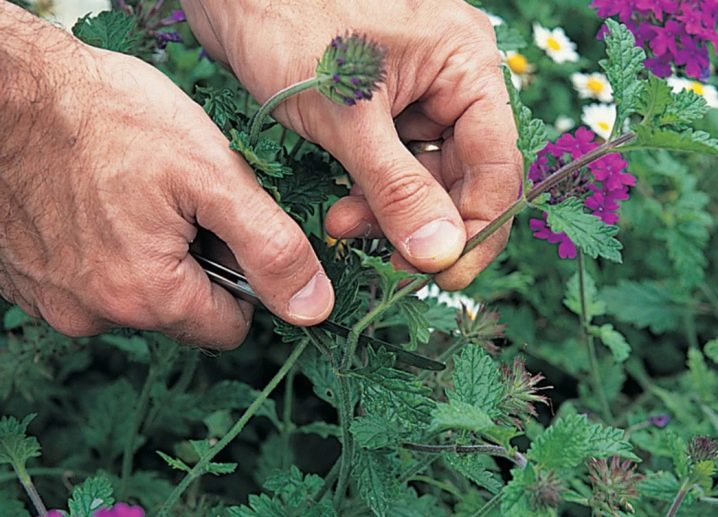
As mentioned above, verbena can be grown not only in the garden, but also at home, using a planter for this. If desired, small bushes can be transplanted into pots so that the plant hibernates at home in a warm room. It should be noted that the plant has a rich set of chemically active substances that strengthen the immune system, so you don't have to worry about diseases at home. Despite the fact that verbena does not smell strongly, insects can pick up a scent that repels them, which is a big advantage.
If you follow all of the above rules, the shrub will bloom for a long time. If you have an ampelous variety, you need to pinch it when the fifth flower appears on the stem.
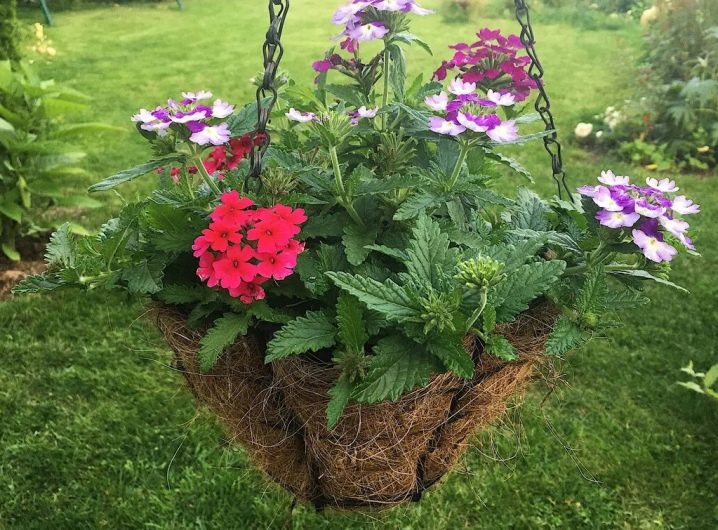
Reproduction
Seeds
You can propagate with the help of seeds, thanks to which the plant germinates well, the main thing is that the soil is good. It is recommended to do this in the warm season, however, not all seeds germinate immediately, sometimes it takes several weeks. To get a quality result, you can use a growth stimulant that is used to cultivate the land. It should be noted that the seeds can be sprinkled a little or even left on the surface. Water should be sprayed, and when the seedlings appear, cover it with glass or plastic. Young verbena does not need light, the main thing for her is warmth, high temperature, so if you grow at home, put it in an appropriate place, you can even near a heating device.
An improvised greenhouse should be ventilated daily, as soon as the first shoots appear, the box can be taken out into the open space.
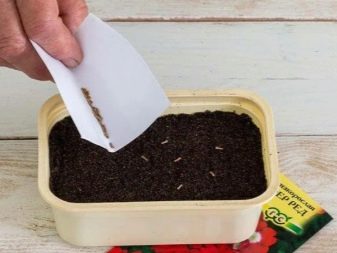

Cuttings
Cuttings are in great demand, and you need to prepare for it even in the fall before the onset of frost. The bushes of the plant are dug out immediately with a lump of soil and transferred to a cool place (basement or balcony). Cut off verbena tops are ideal, where there are about 5-6 pairs of leaves. The sections must be carefully treated with charcoal, and the lower leaves must be removed.
For rooting, use a mixture of peat and sand; it is not necessary to plant the cuttings deeply; at the final stage, the tank is covered with a film.
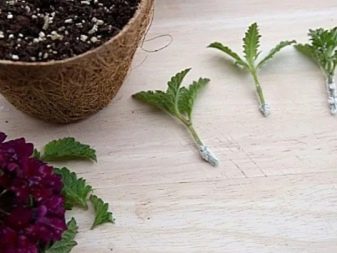
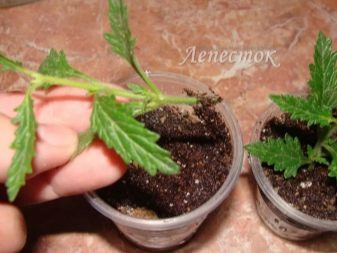
Diseases and pests
No plant is completely immune from diseases, despite the fact that verbena belongs to resistant shrubs, it can also be influenced by various adverse factors. That's why, to protect flowers, you need to know a few rules. Problems often arise from improper or poor quality care. The main diseases include powdery mildew, it manifests itself in the form of light spots. This indicates an excess of moisture, in which case the culture is either treated with Fundazol or removed. To prevent such a nuisance, experts recommend using "Biteranol", which is sprayed on the plant.
The black leg also speaks of waterlogging, in this case, a fungus appears, which is difficult to get rid of. Thus, it is important to monitor the organization of watering, not to overdo it. Verbena can suffer from pests such as aphids, ticks or thrips, which are not easy to see. If the plant began to wither quickly, spots appeared on it, it must be urgently treated with insecticides.


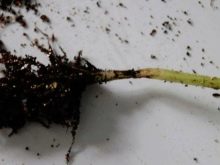
Use in landscape design
Verbena is an unpretentious shrub, but it is not found everywhere, so if you want to somehow decorate your site in an original way, you can safely dwell on this type of plant. A wide range of colors and a beautiful leaf shape will look contrasting on any flower bed. Today there are many options for creating whole panels, in which different types of verbena are used, the composition can be bright and unique. However, the bushes can be planted not only outside, but also inside the house, if there is free space. Flowers will look beautiful in window boxes or hanging baskets, pots.The Chameleon variety is in high demand and begins to bloom a few weeks after planting.
A distinctive feature of this species is a hot pink color that can be combined with yellow and blue. However, over time, the shade will turn creamy, and then turn to orange. The advantage of verbena is that it can be combined with other flower beds, so there is a wide field for creativity.
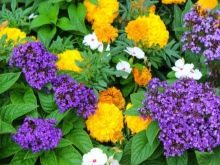

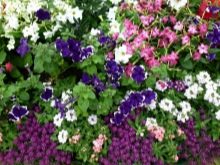
If you want something original, you can create a shrub carpet on your site. For this, the shoots are bent to the ground and fixed with hairpins. Upon contact with the soil, the plant begins to actively develop the root system, which will positively affect the growth of the flower cover.
Verbena has not only aesthetic properties, there is a medicinal variety from which tinctures and teas can be made, there are many folk recipes with this ingredient.
Now you can safely start growing flowers yourself, be it at home or in the yard. With proper care, the plant will delight you for a long time, and if you live in a warm climate, then there will be flowers almost always, and this cannot but appeal to connoisseurs of aesthetics.

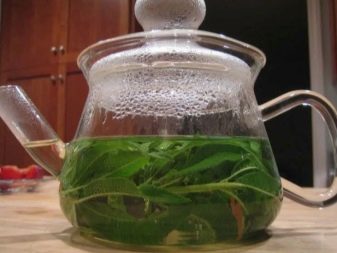







































































































The comment was sent successfully.